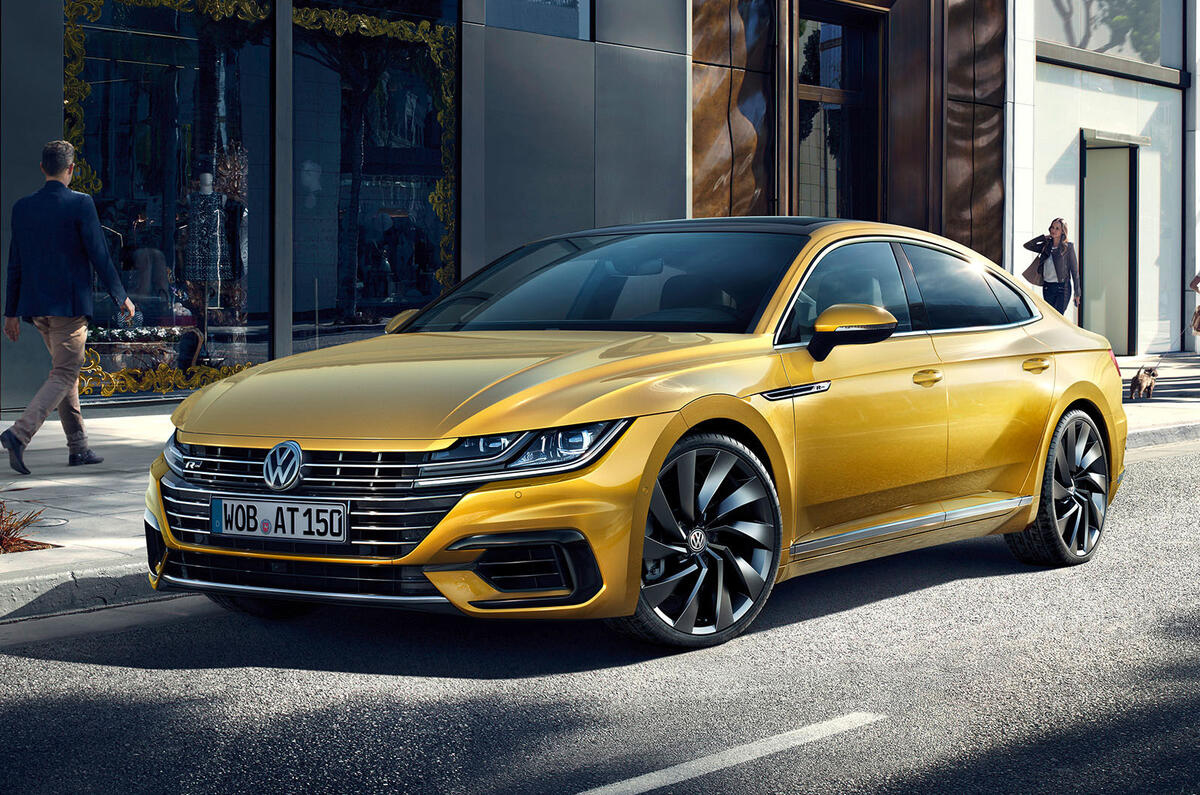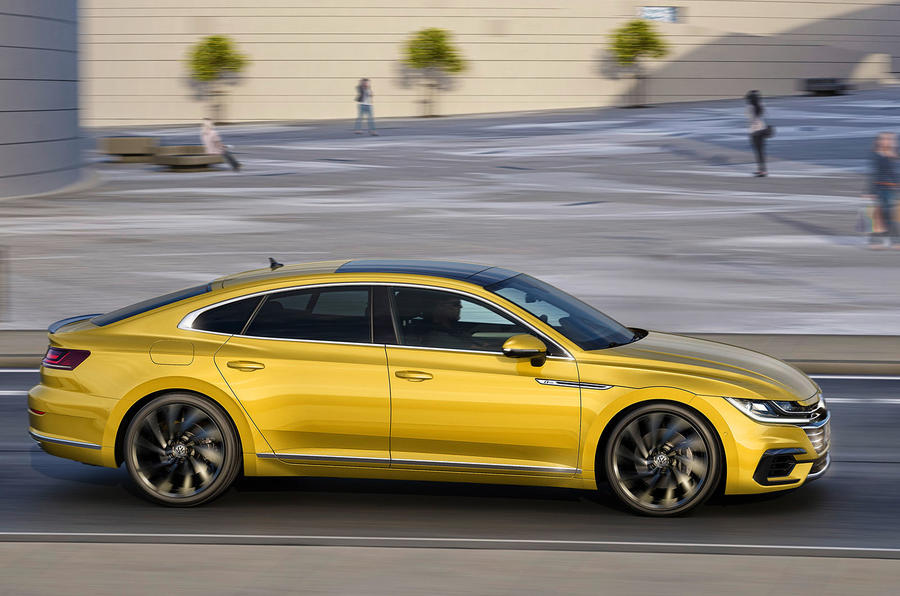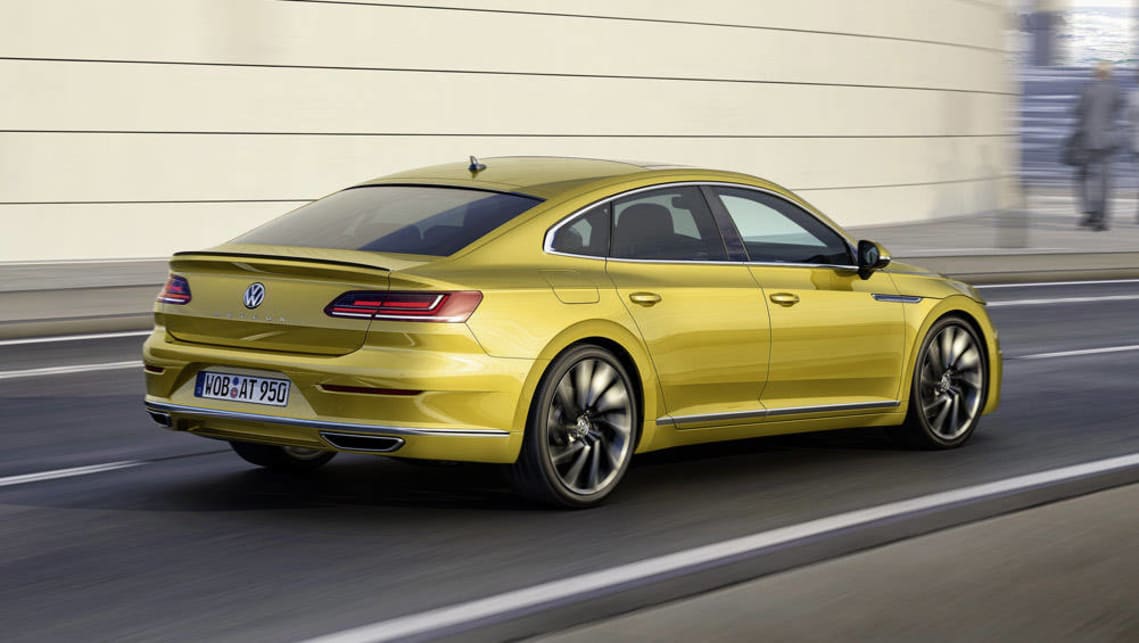Innovative driver assistance systems in detail – part 1: Emergency Assist – automatic help in emergencies.
- Latest generation brakes and steers autonomously in an emergency
- Innovative protection technology utilises four driver assistance systems
'Autonomous driving' – a term currently generating more animated discussion than almost any other in the automotive world. It fascinates and polarises in equal measure. The fact is: automated driving functions increase comfort and often safety as well.
The new Arteon is therefore fitted with more driver assistance systems than any Volkswagen before. These systems are interconnected with each other, as it is the interaction of their sensors and computers that actually makes autonomous driving functions possible.
Through the fusion of four driver assistance systems, the Arteon possesses a form of technology that in many circumstances can help to prevent serious accidents: Emergency Assist 2.0.
As soon as the sensors of the avant-garde gran turismo notice that the driver has become incapacitated, the Arteon takes over the proverbial helm. Within the bounds of its system capabilities, it warns other road users and automatically steers to the nearside lane, where it stops.
We call it a worst case scenario. Yet, through sudden ill health it can happen to anyone, regardless of age or physical condition: the driver suffers a blackout at the wheel. It is in these situations that the second-generation Emergency Assist system is able to take action. It merges ACC (Adaptive Cruise Control), Side Assist, Lane Assist and Park Assist into one system. This alliance is able – as mentioned above, within its technical system limits – to bring the car to a standstill in the nearside lane.
This is how Emergency Assist works: as soon as the sensors recognise that for a defined length of time the driver has used neither the accelerator, brake nor steering wheel, the combined system initiates systematic countermeasures. First, the driver is warned and 'shaken out of their slumber' by acoustic, visual and physical (brake jolt) signals. If, however, they fail to react, Emergency Assist activates the emergency stop process outlined above. The hazard warning lights are then automatically switched on. In addition, via components of Park Assist (access to the electro-mechanical power-assisted steering) and Lane Assist (camera-based lane detection), the Arteon performs gentle steering manoeuvres in order to make drivers in nearby vehicles aware of the dangerous situation.
Meanwhile, the ACC facilitates the automatic braking and contributes thanks to the radar sensors in the front of the car to preventing it from running into any vehicles up ahead. A new feature of Emergency Assist 2.0 is that on roads with multiple carriageways the Arteon steers itself in a controlled manner into the nearside lane. It is Park Assist and Lane Assist that enable it to do this, while Side Assist uses its ultrasound sensors to check on the traffic behind in order to minimise the risk of any collision when changing lane.






No comments:
Post a Comment
Please leave a message, I will verify them swiftly, Sorry to have to do this now as some twat keeps spamming my message system, unfortunately they are ignorant and spoil it for everyone else,
Note: only a member of this blog may post a comment.